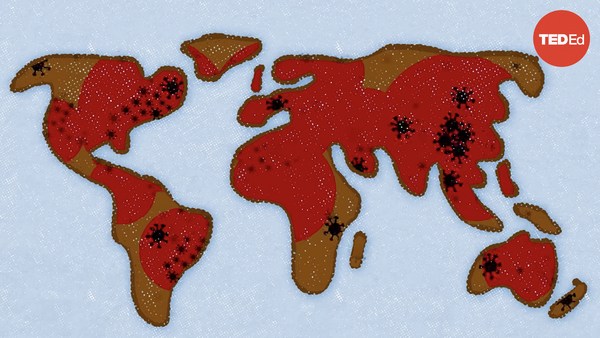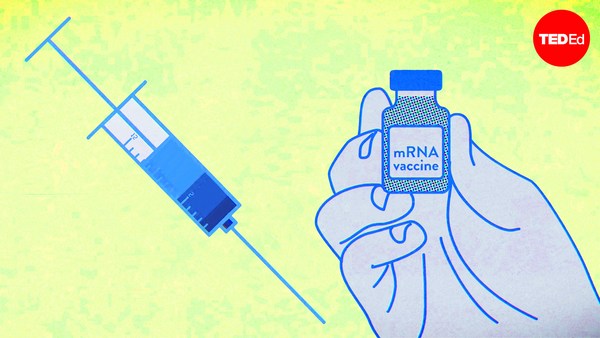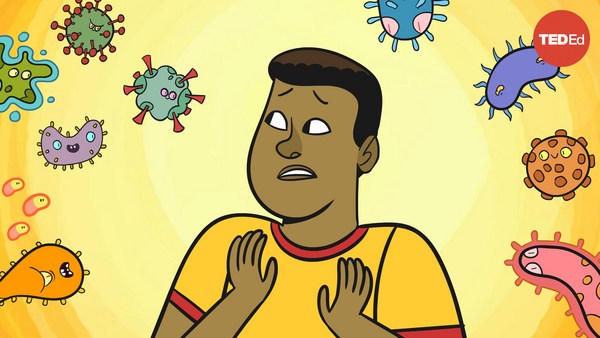The Black Death. The 1918 Flu Pandemic. COVID-19.
We tend to think of these catastrophic, world-changing pandemics as very unlikely events.
But between 1980 and 2020, at least three diseases emerged that caused global pandemics. COVID-19, yes, but also the 2009 swine flu and HIV/AIDS.
Disease outbreaks are surprisingly common. Over the past four centuries, the longest stretch of time without a documented outbreak that killed at least 10,000 people was just four years.
As bad as these smaller outbreaks are, they’re far less deadly than a COVID-19-level pandemic. In fact, many people born after the 1918 flu lived their entire lives without experiencing a similar world-changing pandemic. What’s the probability that you do, too?
There are several ways to answer this question.
You could look at history. A team of scientists and engineers who took this approach catalogued all documented epidemics and pandemics between 1600 and 1950. They used that data to do two things. First, to graph the likelihood that an outbreak of any size pops up somewhere in the world over a set period of time. And second, to estimate the likelihood that that outbreak would get large enough to kill a certain percentage of the world's population. This graph shows that while huge pandemics are unlikely, they're not that unlikely. The team used these two distributions to estimate that the risk of a COVID-19-level pandemic is about 0.5% per year, and could be as high as 1.4% if new diseases emerge more frequently in the future.
And we’ll come back to those numbers, but first, let’s look at another way to estimate the likelihood of a future pandemic: modeling one from the ground up.
For most pandemics to happen, a pathogen, which is a microbe that can cause disease, has to spill over from its normal host by making contact with and infecting a human. Then, the pathogen has to spread widely, crossing international boundaries and infecting lots of people. Many variables determine whether a given spillover event becomes a pandemic. For example, the type of pathogen, how often humans come into close contact with its animal reservoir, existing immunity, and so on.
Viruses are prime candidates to cause the next big pandemic. Scientists estimate that there are about 1.7 million as-yet-undiscovered viruses that currently infect mammals and birds, and that roughly 40% of these have the potential to spill over and infect humans.
A team of scientists built a model using this information, as well as data about the global population, air travel networks, how people move around in communities, country preparedness levels, and how people might respond to pandemics. The model generated hundreds of thousands of virtual pandemics. The scientists then used this catalog to estimate that the probability of another COVID-19-level pandemic is 2.5 to 3.3% per year.
To get a sense of how these risks play out over a lifetime, let’s pick a value roughly in the middle of all these estimates: 2%. Now let’s build what’s called a probability tree diagram to model all possible scenarios. The first branch of the tree represents the first year: there’s a 2% probability of experiencing a COVID-19-level pandemic, which means there’s a 98% probability of not experiencing one. Second branch, same thing, Third branch, same. And so on, 72 more times. There is only one path that results in a fully pandemic-free lifetime: 98%, or 0.98, multiplied by itself 75 times, which comes out to roughly 22%. So the likelihood of living through at least one more COVID 19-level-pandemic in the next 75 years is 100 minus 22%, or 78%.
78%!
If we use the most optimistic yearly estimate— 0.5%— the lifetime probability drops to 31%. If we use the most pessimistic one, it jumps to 92%.
Even 31% is too high to ignore; even if we get lucky, future generations might not. Also, pandemics are usually random, independent events: so even if the yearly probability of a COVID-19-level pandemic is 1%, we could absolutely get another one in ten years.
The good news is we now have tools that make pandemics less destructive. Scientists estimated that early warning systems, contact tracing, social distancing, and other public health measures saved over a million lives in just the first six months of the COVID-19 pandemic in the US, not to mention the millions of lives saved by vaccines.
One day, another pandemic will sweep the globe. But we can work to make that day less likely to be tomorrow. We can reduce the risk of spillover events, and we can contain spillovers that do happen so they don’t become full-blown pandemics. Imagine how the future might look if we interacted with the animal world more carefully, and if we had well-funded, open-access global disease monitoring programs, AI-powered contact tracing and isolation measures, universal vaccines, next-generation antiviral drugs, and other tech we haven't even thought of.
It’s in our power to change these probabilities. So, we have a choice: we could do nothing and hope we get lucky. Or we could take the threat seriously enough that it becomes a self-defeating prophecy.
Which future would you rather live in?


